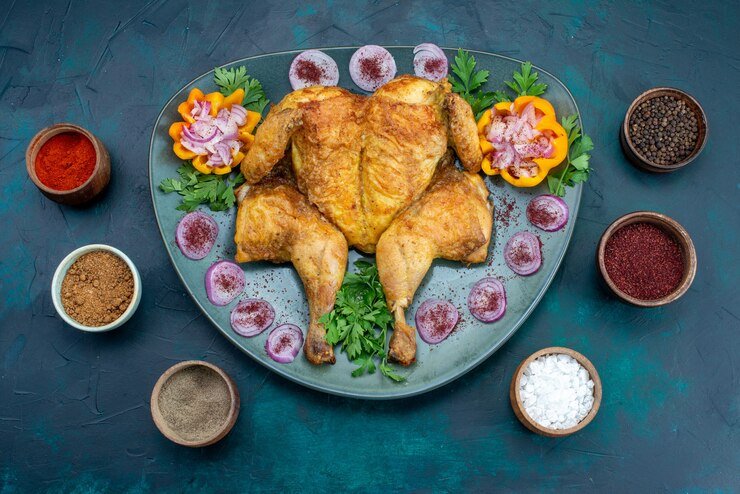Pollaste Aiso is a term that may refer to a specific concept, tradition, or product, depending on the cultural or regional context. While “Pollaste” suggests a connection to poultry or chicken-related activities in certain languages (such as Spanish or Italian), “Aiso” can carry different meanings in various cultures. To truly understand Pollastes Aiso, it’s essential to explore its possible interpretations, origins, and uses.
This article delves into Pollastes Aiso, examining its potential applications and cultural relevance. Additionally, it includes a comprehensive FAQ section to address common questions.
Origins and Meaning
The term Pollaste is often linked to the word for “chicken” or “poultry” in Romance languages like Catalan and Italian. In these languages, pollastes specifically refer to a young, tender chicken, which is often used in cooking. However, the term Aiso does not directly translate to a universally recognized concept and could represent a regional dialect, historical term, or cultural identifier.
Given the lack of widespread use, Pollastes Aiso could be a specialized culinary dish, a traditional preparation method, or even a type of poultry breed that is native to a particular region. Its exact meaning might depend on the context of the place or people that refer to it.
Potential Uses of Pollaste Aiso
- Culinary Uses: If Pollaste Aiso refers to a particular type of poultry or chicken dish, it may have regional culinary significance. It could involve specific cooking techniques or ingredients that distinguish it from other poultry dishes. Traditional methods, such as roasting or grilling, combined with unique spice blends or marinades, might characterize this dish.
- Cultural Significance: Some food items or dishes play a vital role in festivals, religious ceremonies, or regional celebrations. Pollastes Aiso might hold cultural importance that goes beyond its nutritional value, contributing to community gatherings or symbolizing local identity.
- Agricultural Reference: Alternatively, Pollaste Aiso could refer to a type of chicken breed or poultry-raising practice. In some parts of the world, specific breeds are raised for their meat or eggs, and they might be part of a cultural heritage.
Conclusion
Pollastes Aiso remains somewhat mysterious due to its potentially specialized or regional use. While it may refer to a specific poultry dish or practice, more research into its origins and cultural background is needed to fully understand its significance. For those interested in culinary exploration, Pollastes Aiso offers an opportunity to learn about lesser-known traditions and discover new flavors.
FAQs
1. What exactly is Pollaste Aiso?
- The exact meaning of Pollastes Aiso can vary depending on the region and culture. It may refer to a specific type of poultry dish, a breed of chicken, or a method of preparation. Further research into local contexts would be needed to clarify its exact meaning.
2. Is Pollaste Aiso a traditional dish?
- Pollaste Aiso may be a traditional dish with cultural roots, particularly in regions where poultry is a staple food. The exact preparation method and ingredients may vary by region.
3. How is Pollaste Aiso prepared?
- If Pollaste Aiso is indeed a culinary dish, the preparation would likely involve traditional techniques such as marination, grilling, or roasting. The use of local spices and herbs could give it a distinctive flavor profile. However, the exact recipe is not widely available and may be passed down within specific communities.
4. Where is Pollaste Aiso popular?
- Pollaste Aiso might be a term used in specific regions or among certain groups, which makes it less common or unknown in mainstream culinary traditions. Understanding its geographical or cultural origin would provide more insight into where it is most popular.
5. Can Pollaste Aiso be found in restaurants or markets?
- Given its potentially niche or regional nature, Pollaste Aiso might not be commonly available in mainstream restaurants or markets. However, it could be found in local eateries or markets that specialize in regional cuisines or products.
6. Is Pollaste Aiso linked to sustainable farming or local practices?
- If Pollaste Aiso refers to a poultry breed or traditional farming practice, it might have ties to sustainable agriculture. Local communities often use heritage breeds and organic farming methods to preserve biodiversity and support eco-friendly practices.
7. How does Pollaste Aiso differ from other poultry dishes?
- The main difference likely lies in the ingredients, cooking techniques, and cultural significance of the dish. Pollaste Aiso could feature local ingredients or reflect the history and traditions of the region it comes from, setting it apart from more common poultry dishes.
8. How can I try Pollaste Aiso?
- If Pollaste Aiso is a traditional dish, you may need to visit regions where it is popular or find local chefs who specialize in regional cuisine. Researching traditional recipes online or in cookbooks might also provide a way to prepare them at home.








